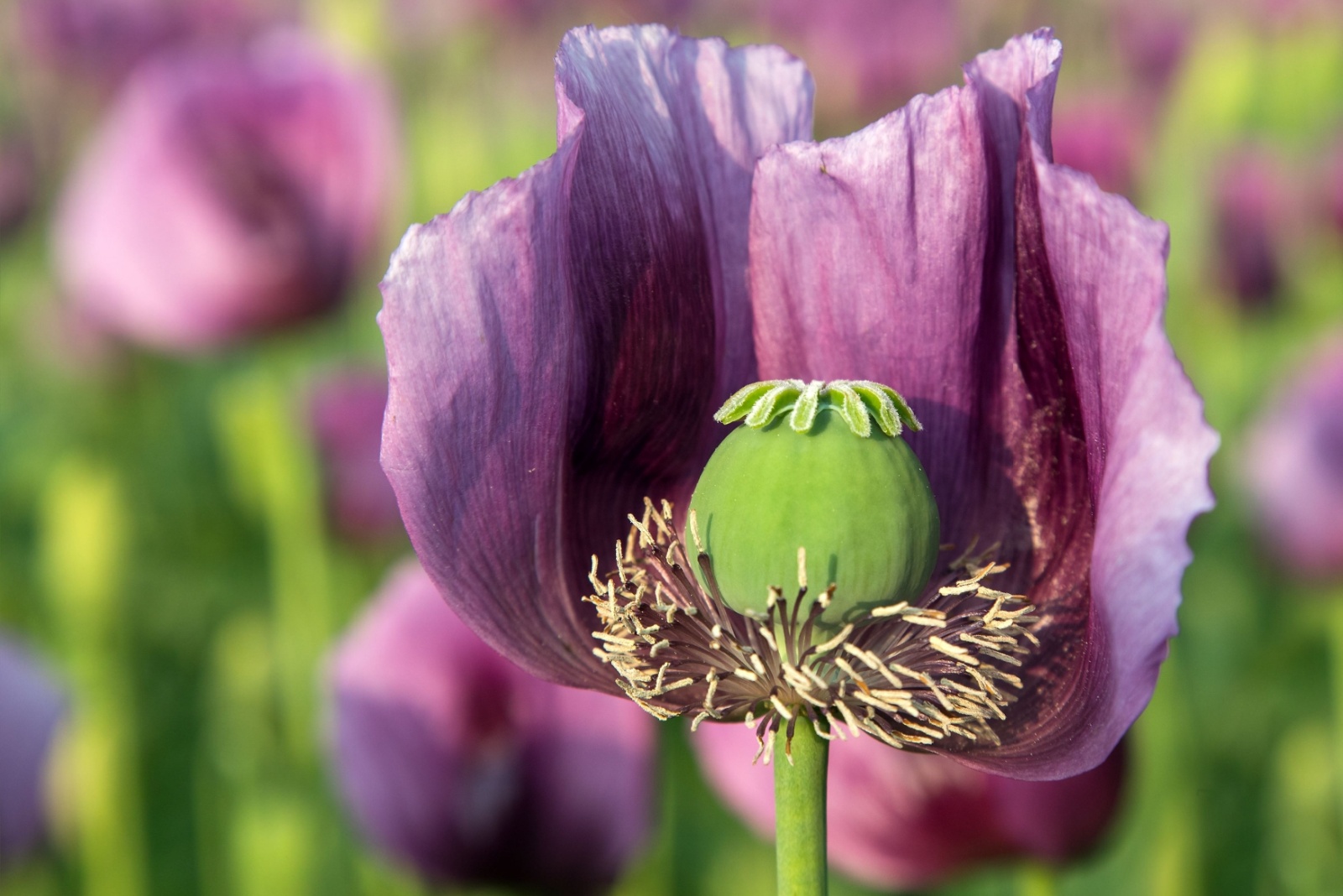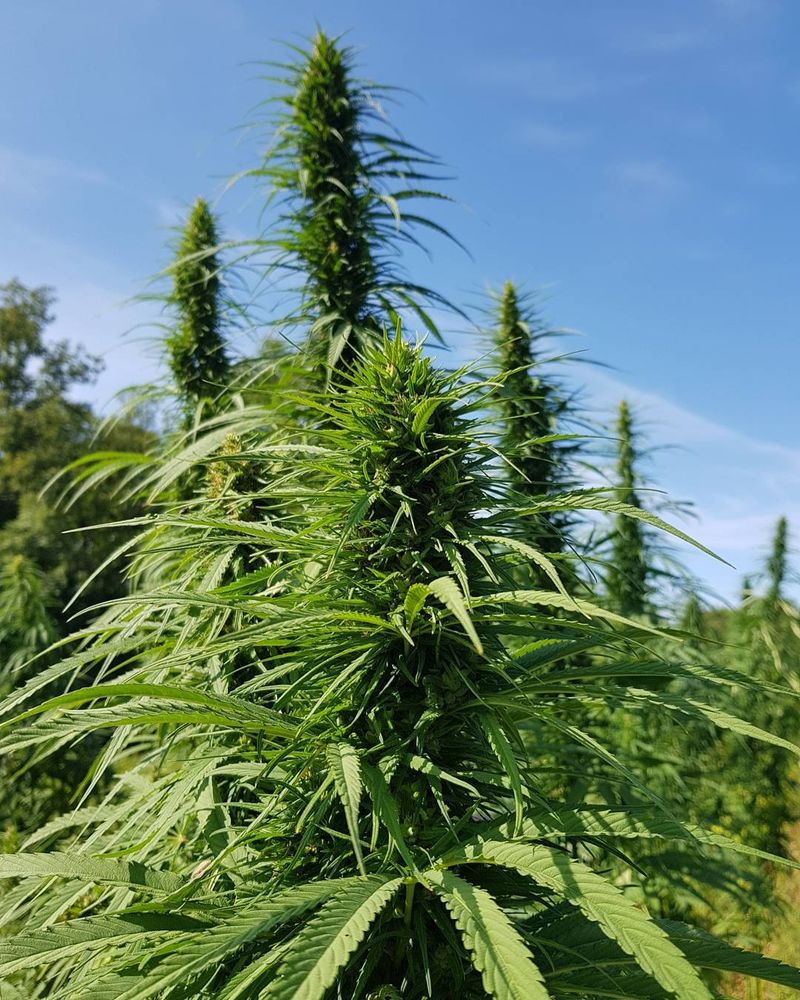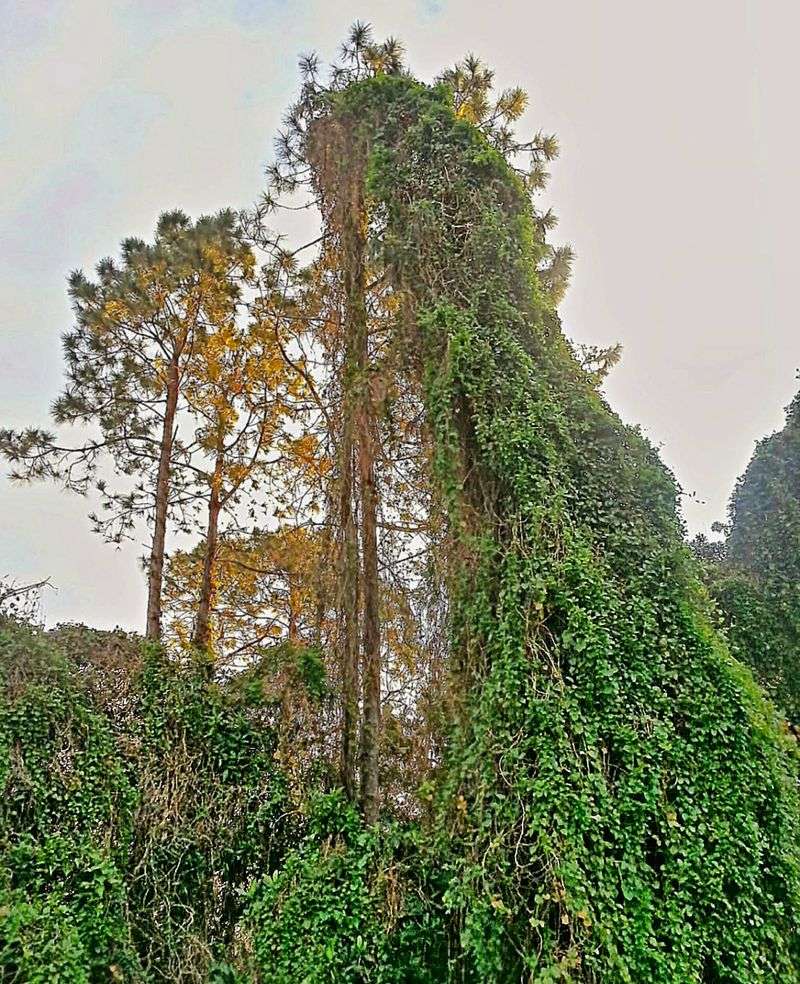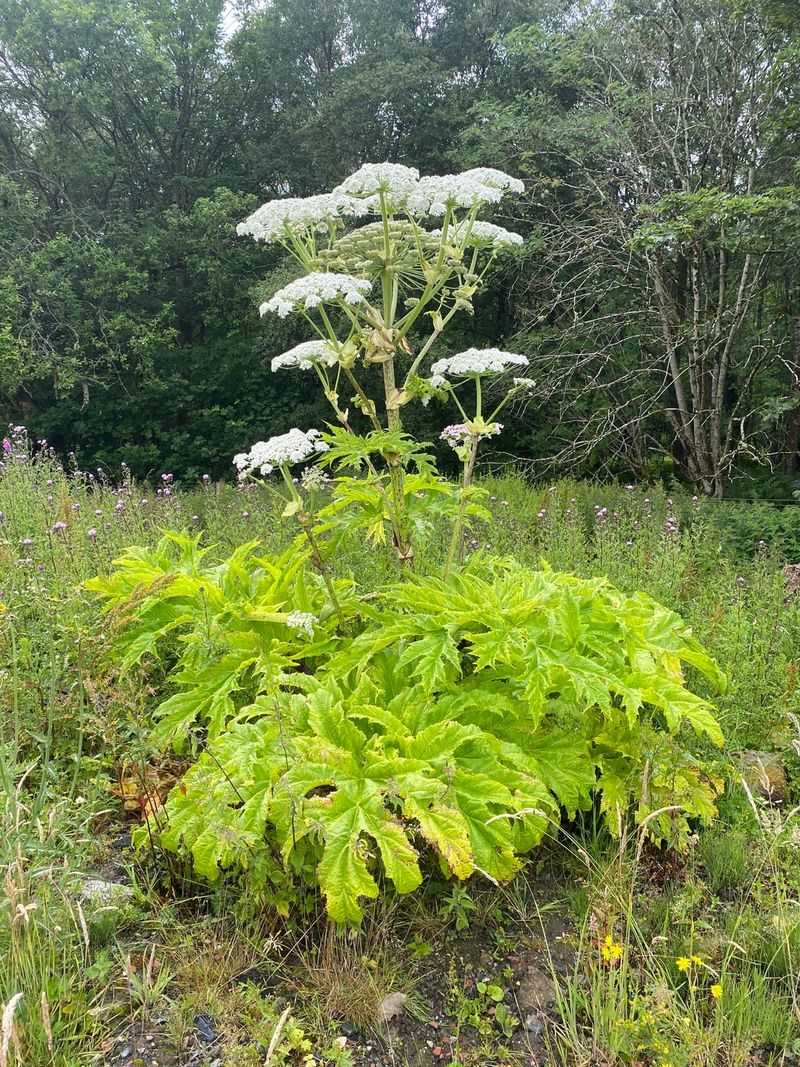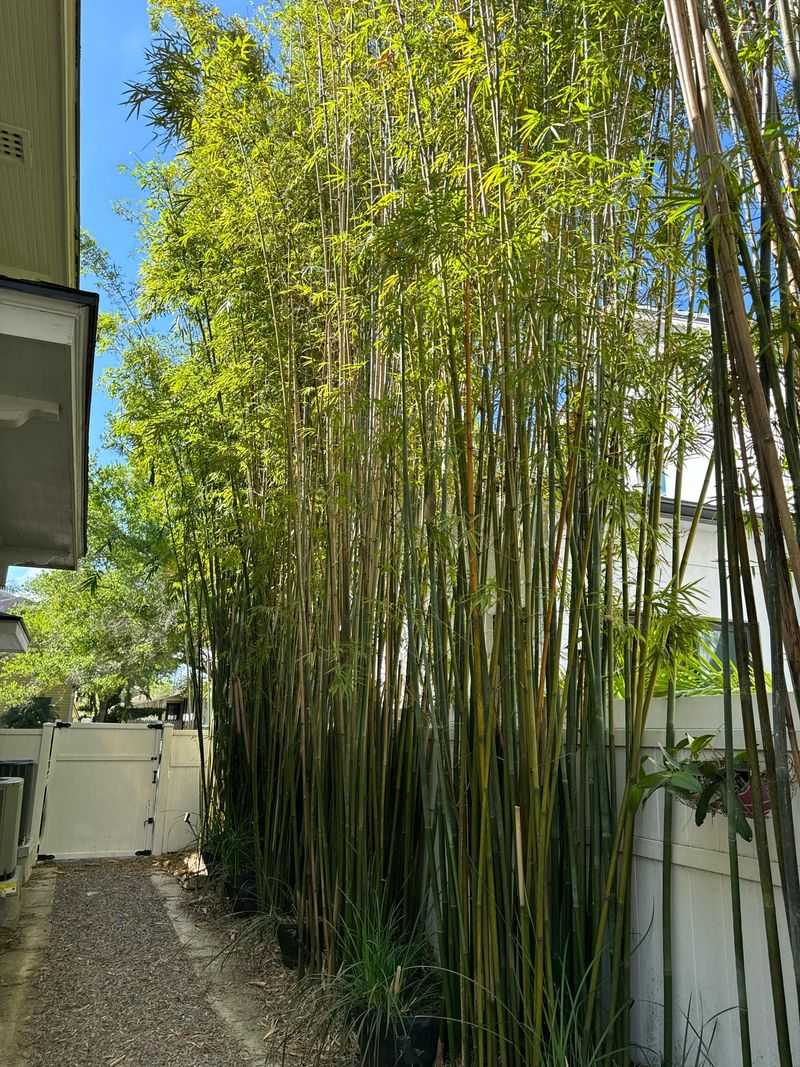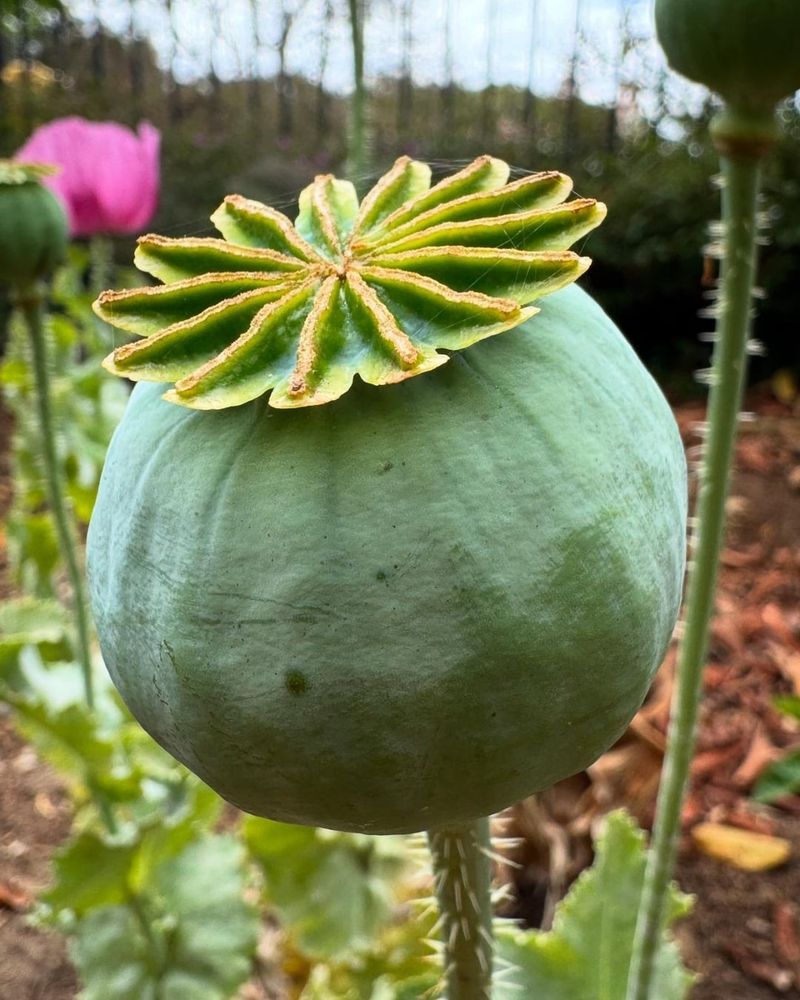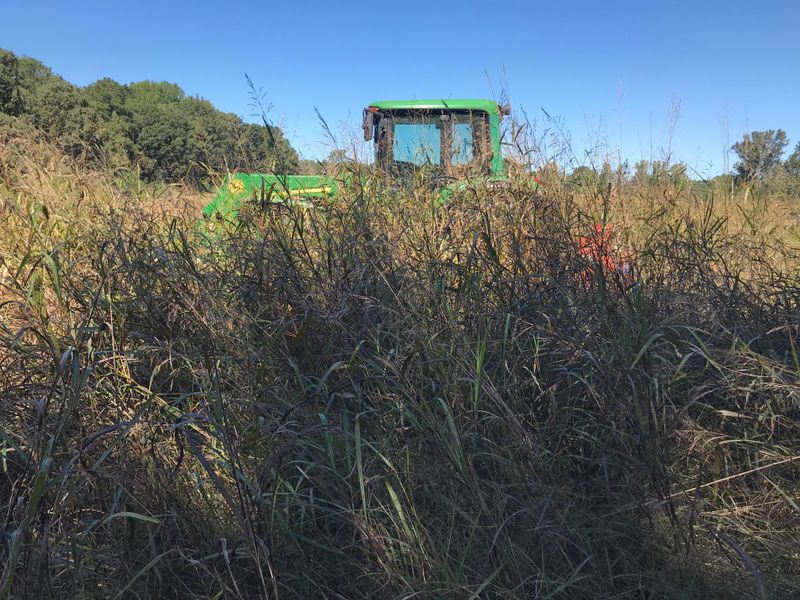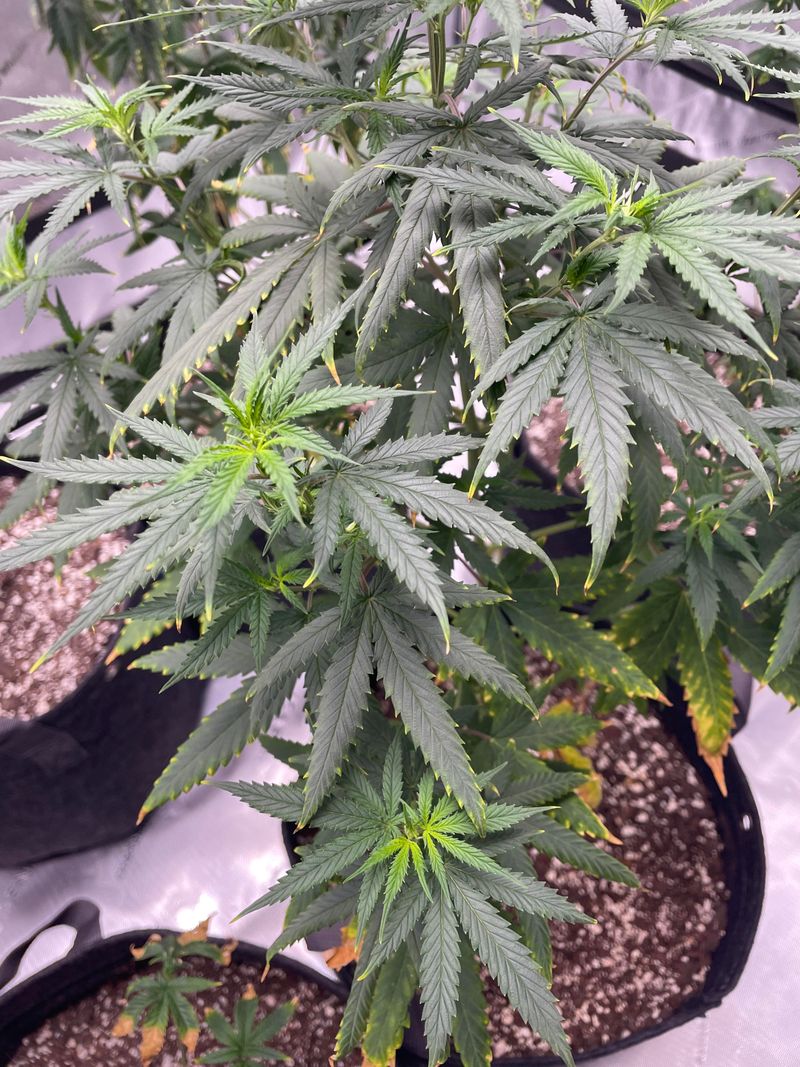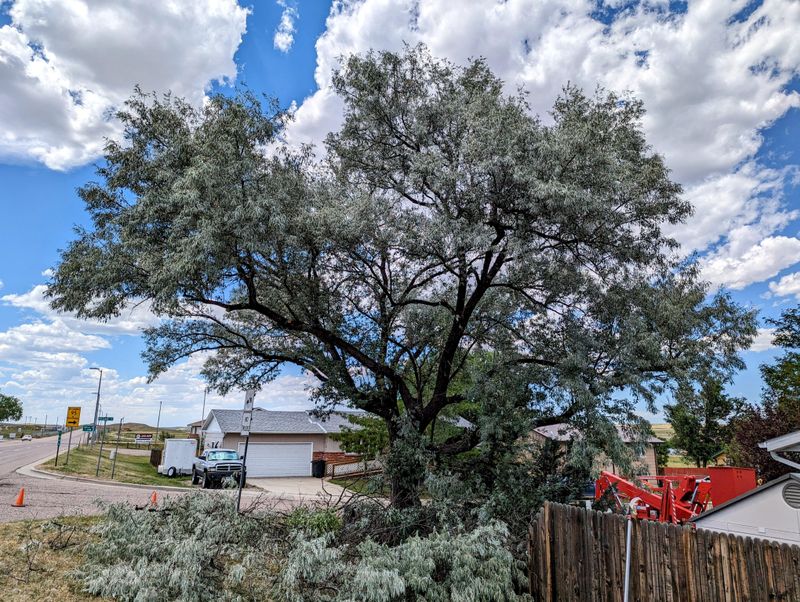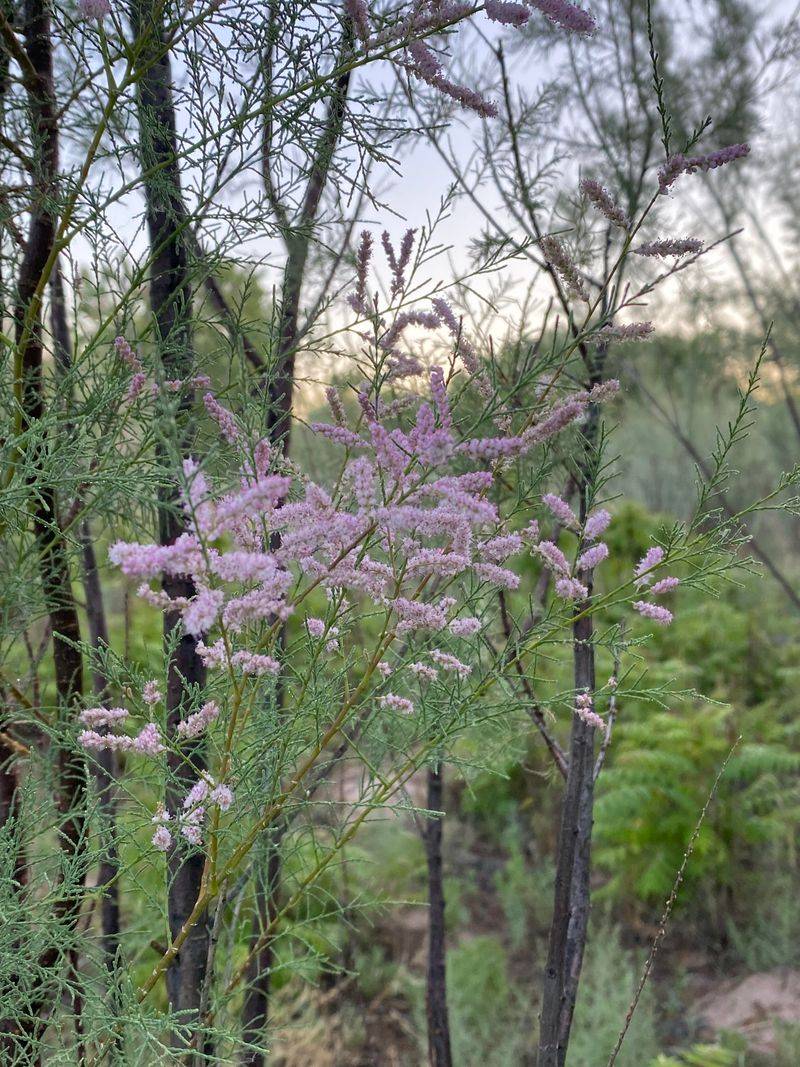Growing your own food in Oklahoma sounds rewarding—until you learn that some plants can cause legal trouble. What seems harmless in your garden might not be allowed by local rules.
Certain crops can violate zoning laws, HOA guidelines, or state agricultural regulations. And many gardeners don’t realize the risks until they’re facing fines or forced removals.
I’ve seen well-meaning growers caught off guard by restrictions they didn’t know existed. A little research before planting can save you from costly headaches down the road.
1. Industrial Hemp
Growing hemp without proper licensing can get you into serious trouble. Oklahoma requires growers to register with the state’s Department of Agriculture and pass background checks before planting a single seed.
Even though hemp is legal federally, Oklahoma has strict rules about who can grow it. Neighbors might also confuse your hemp plants with something illegal, which could bring unwanted attention from law enforcement.
Always check current regulations before considering this crop for your backyard.
2. Kudzu
This invasive vine spreads faster than you can imagine and chokes out everything in its path. Oklahoma considers kudzu a noxious weed, and planting it intentionally could result in hefty fines from agricultural authorities.
The plant grows up to a foot per day during peak season, covering trees, buildings, and power lines. Many counties have ordinances specifically prohibiting kudzu cultivation because of the damage it causes to native ecosystems.
Removal costs thousands of dollars once established.
3. Giant Hogweed
This dangerous plant produces sap that causes severe skin burns when exposed to sunlight. Oklahoma classifies giant hogweed as a prohibited noxious weed, making it illegal to grow anywhere in the state.
Contact with the plant can send people to the hospital with painful blisters that leave permanent scars. State agriculture officials actively monitor for this species and will issue fines if they discover it on your property.
The plant resembles harmless Queen Anne’s lace but grows much larger.
4. Bamboo
Running bamboo varieties can quickly invade neighboring properties through underground rhizomes. Many Oklahoma homeowner associations ban bamboo entirely because of complaints from affected neighbors whose yards become overrun.
The roots spread underground for dozens of feet, popping up in unexpected places and damaging foundations, driveways, and septic systems. Some municipalities require expensive containment barriers before allowing bamboo, while others prohibit it completely.
Clumping varieties are generally safer but still check local rules first.
5. Opium Poppies
These beautiful flowers are completely illegal to grow in Oklahoma and throughout the United States. Federal law prohibits cultivating opium poppies regardless of your intentions, even if you only want them for ornamental purposes.
Law enforcement takes poppy cultivation seriously because the plant produces narcotic substances. Getting caught with these plants could result in criminal charges, not just fines.
Stick with legal ornamental poppy varieties like California poppies or Iceland poppies instead for colorful blooms without legal risk.
6. Johnson Grass
This aggressive weed is considered a serious agricultural pest throughout Oklahoma. Landowners are legally required to control Johnson grass on their property, and intentionally planting it would violate county weed control ordinances.
The grass spreads through both seeds and rhizomes, making it nearly impossible to eliminate once established. It reduces crop yields on farms and can poison livestock under certain conditions.
County weed supervisors have authority to issue citations and fines if you allow this pest to spread.
7. Marijuana
Oklahoma allows medical marijuana with proper licensing, but recreational growing remains illegal. Cultivating cannabis without a state-issued medical marijuana license will result in criminal charges and substantial fines.
Even licensed medical patients must follow strict plant count limits and security requirements. Growing marijuana where it’s visible from public areas or accessible to minors can bring additional penalties.
The rules change frequently, so always verify current Oklahoma Medical Marijuana Authority regulations before considering this crop at home.
8. Russian Olive Trees
These trees were once planted for windbreaks but now invade waterways and natural areas across Oklahoma. Several counties classify Russian olive as a noxious weed and prohibit new plantings on residential property.
The trees produce thorny branches and spread aggressively along streams, crowding out native cottonwoods and willows. Some municipalities require property owners to remove existing Russian olive trees at their own expense.
Check with your county extension office before planting any trees with invasive tendencies.
9. Tall Fescue With Toxic Endophyte
While fescue grass is common in Oklahoma lawns, varieties infected with toxic endophyte fungus can poison grazing animals. Rural property owners face liability if their fescue makes neighboring livestock sick.
The fungus helps grass survive drought but produces alkaloids harmful to cattle and horses. Some counties require disclosure when selling property with infected fescue pastures.
If you live near farmland, planting the wrong fescue variety could result in lawsuits or fines if animals get sick from your grass.
10. Salt Cedar (Tamarisk)
This water-guzzling tree is prohibited in many Oklahoma counties because it drains rivers and groundwater. Salt cedar consumes enormous amounts of water while providing little value to wildlife or ecosystems.
The trees spread rapidly along waterways, forming dense thickets that increase wildfire risk and reduce water availability for farms and cities. State and federal agencies spend millions annually trying to remove established salt cedar.
Planting this species could violate local water conservation ordinances and result in mandatory removal orders.
11. Musk Thistle
Oklahoma law requires landowners to control musk thistle on their property. This spiny invasive plant spreads rapidly through pastures and fields, reducing forage quality for livestock.
County weed supervisors conduct inspections and can issue citations to homeowners who allow musk thistle to flower and spread seeds. The plant produces thousands of seeds that blow onto neighboring properties, creating conflicts with nearby landowners.
Regular mowing before the plant flowers helps prevent problems and keeps you compliant with Oklahoma weed control laws.

